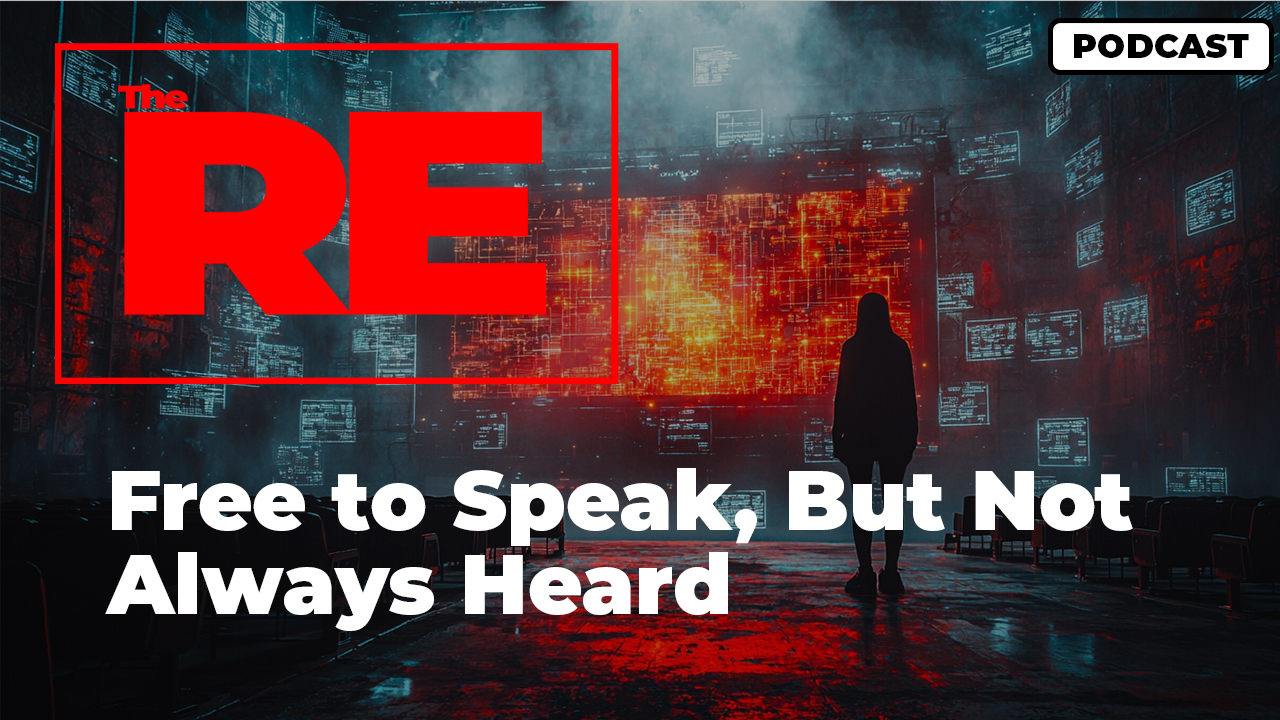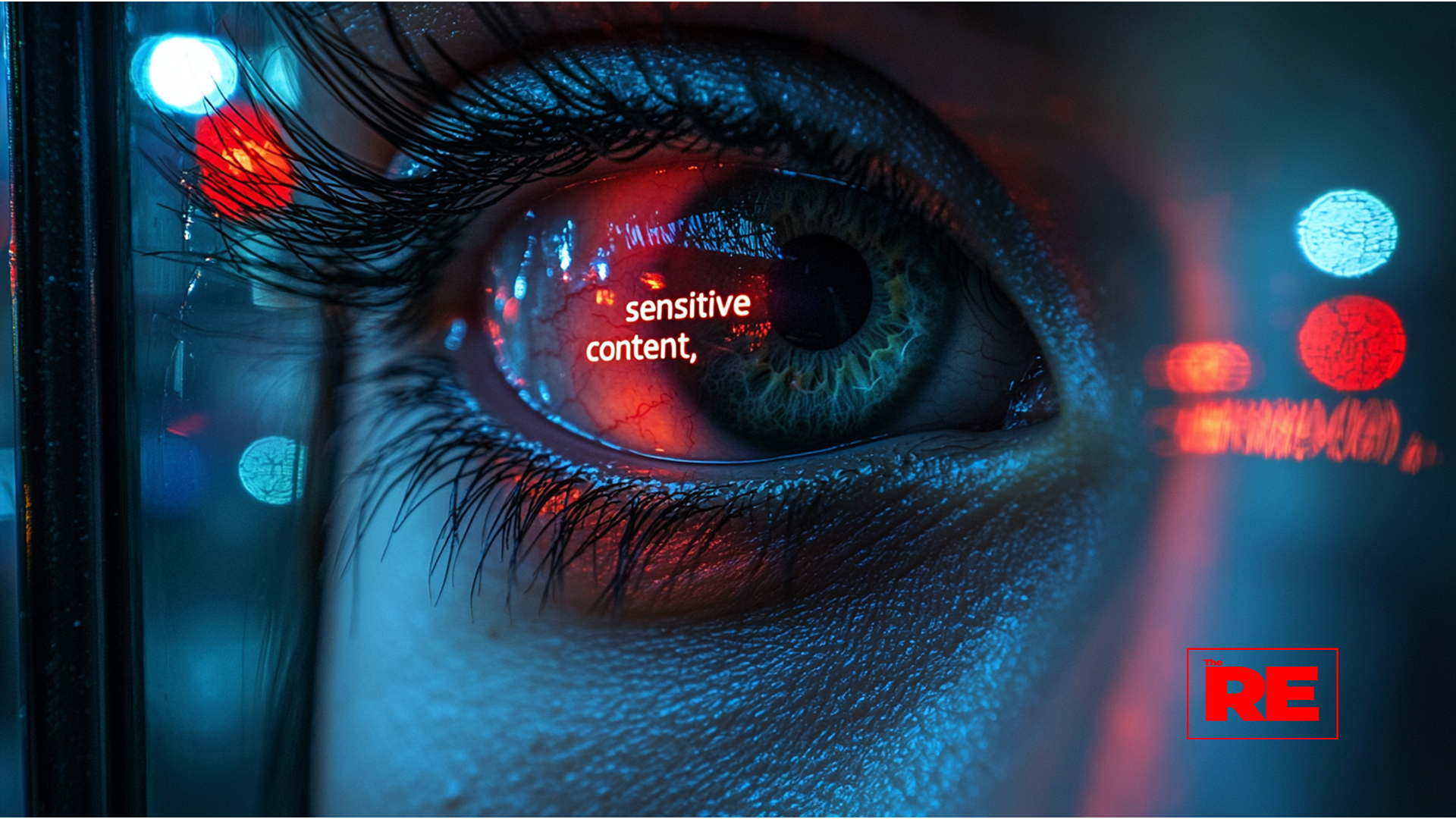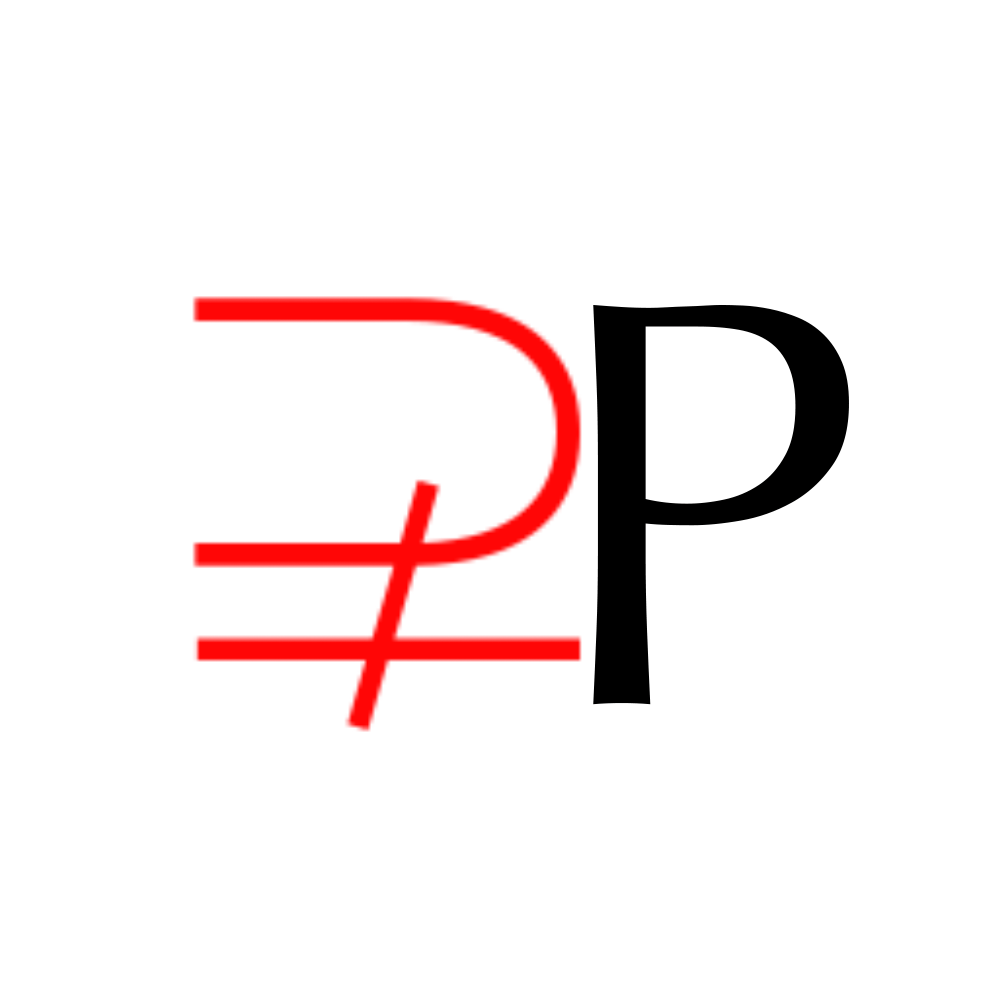The Ripple Effect
-News and Commentary-
Free to Speak, But Not Always Heard
- Home
- News and Commentary
- Free to Speak, But Not Always Heard
Share On Social

“Today in The Ripple Effect, we’re discussing the difference between free speech—and being heard. In a world shaped by algorithms, the right to speak still exists. But what happens when your voice doesn’t carry?”
We often point to free speech as the signature of a functioning democracy. It’s cited, quoted, and defended across the political spectrum. But for all the emphasis placed on the right to speak, far less attention is given to the conditions under which speech is actually heard.
That distinction—between saying something and it being received—deserves a closer look.
Historically, speech in America has never existed on equal footing. Access, amplification, and consequence have always varied depending on who was speaking—and what they were trying to say.
During the Jim Crow era, the limits of speech were clear—but not equal. Laws shaped who could be seen, who could organize, and who had access to public discourse. Voices that challenged the dominant order weren’t just ignored—they were systematically constrained. What mattered wasn’t just the ability to talk. It was who could afford to be heard.
That context isn’t buried in the past. It lingers, reshaped by time and technology. Today, most platforms allow anyone to post, publish, and participate. The mechanisms of expression are widely available. But availability doesn’t guarantee visibility.
That’s where things get more complicated.
Modern digital platforms operate with systems most users never see. Algorithms decide which voices rise and which are left buried. The process is rarely personal—but it is patterned. And the outcomes, whether intentional or not, often mirror older dynamics in quieter ways. Some voices find reach. Others don’t.
That difference isn’t always tied to quality, truth, or relevance. It’s tied to how the system scores engagement—and how certain topics or identities are flagged, filtered, or deprioritized in the process. Posts addressing racism are more likely to be flagged. Videos documenting protest often lose visibility.
Accounts sharing firsthand experience with systemic issues sometimes disappear from timelines—not due to inaccuracy, but because the content is labeled as controversial, sensitive, or “less engaging.” This isn’t a dramatic claim. It’s a measurable trend. And trends—especially those that consistently impact certain communities—warrant scrutiny.
Because the question is no longer “Can you speak?” The question is “Will it travel?” And in a space where amplification is governed by algorithm, the path from voice to audience is not neutral.


That’s not just a tech issue. It’s a civic one. We’re operating in a new structure—one where speech is free, but reach is managed. Where public discourse flows through private systems, shaped by priorities we don’t always understand and rarely influence. This isn’t about silencing. It’s about selective elevation.
And when elevation is decided by automated systems optimized for attention—not accuracy—the consequences are quiet but significant. What gains traction gets repeated.
What gets buried disappears. And in between, entire perspectives are lost—not through censorship, but through omission.
That’s the shift. Not from freedom to restriction—but from visibility to invisibility. From open dialogue to filtered resonance.
From speaking freely to struggling to be found. And that’s worth paying attention to. There’s a phrase often used when defending digital platforms:
“You can say whatever you want.” And that’s true. But it’s also incomplete. Because in today’s media ecosystem, the ability to speak doesn’t guarantee an audience. And in a world shaped by visibility, that difference defines who influences—and who fades out of frame. The modern public square is digital. But it’s not public. It’s owned, operated, and optimized for business models—not civic dialogue. And within that system, speech isn’t evaluated on merit. It’s filtered through metrics.
Algorithms prioritize what keeps users scrolling. That usually means content that is fast, reactive, and emotionally charged—not necessarily accurate, thoughtful, or rooted in lived experience. There’s no legal warning when your post is buried. No public record when your content is deprioritized.
No explanation when your reach suddenly drops. It doesn’t look like suppression. But functionally, it is. Control in the digital age doesn’t always silence you. Sometimes it just makes sure fewer people are listening. A livestream freezes just as momentum builds. A video disappears from searches without explanation. A controversial post is replaced by sponsored content that tells a safer story. The effect is subtle. The outcome is not. This kind of control is quiet. Intentional or not, it reshapes perception—while maintaining the appearance of openness. That’s the modern paradox: Platforms position themselves as neutral hosts, even as they engineer outcomes behind the scenes.
And in that gap between perception and practice, influence becomes privatized. Invisible decisions, built into the design of the system, determine who gets reach—and who gets rerouted. We were once told the internet would be the great equalizer. For a time, that was true. The early web allowed for decentralized storytelling, grassroots organizing, and real-time response. Movements like Ferguson and Standing Rock proved that visibility could be reclaimed from traditional gatekeepers.
But as platforms matured, so did their priorities. Engagement became currency. Virality became strategy. And the metrics shifted from “Is this important?” to “Will this keep users here longer?” That transition redefined the purpose of visibility. It’s no longer about relevance. It’s about retention. And in that equation, truth often loses. Because truth is rarely optimized for convenience. It doesn’t always fit into a headline. It doesn’t always trend. So when the system favors what performs—over what informs—the loudest voices win, not the most honest ones. And that has consequences. When accuracy is flagged and outrage is rewarded, we don’t get a better conversation. We get a louder one.
And in the volume, real issues get drowned out—not because they lack value, but because they don’t match the algorithm’s goals. That’s not just noise. That’s design.
Amplification has become the new battleground.
Not all voices are denied. But some are selectively elevated. And that distinction matters.
If a grassroots educator sees their content labeled “divisive,” while a major creator spreads misinformation with full monetization—what’s really being measured?
Not truth. Not impact. Just engagement. And when engagement is the metric, manipulation becomes strategy. That isn’t free speech. It’s performance.
What we’re witnessing isn’t the loss of voice. It’s the restructuring of attention. And that’s where the deeper risk lies.
Because if the cost of being heard is playing by rules built to reward extremes—then we haven’t expanded the conversation. We’ve distorted it.
So the question isn’t just “Can you speak?” It’s “Who controls the speaker system?” And if the answer keeps pointing back to a few corporations, a few codebases, a few unseen filters—then the public square isn’t as open as it claims to be.
This isn’t a call for chaos. It’s a call for clarity.
We need:
Transparency in how visibility is engineered
Independent oversight in high-stakes moderation
Digital spaces that support complexity—not just content that performs
Policies that treat algorithmic impact as part of public infrastructure
Because influence isn’t neutral when it’s driven by invisibility. And civic discourse can’t survive in systems built to reward noise over nuance.
The tools exist. The voices exist. The reach should too. The future we build shouldn’t just allow speech. It should protect its ability to matter.
Because in the end, freedom of speech isn’t the finish line.
It’s the starting point.
And if we fail to defend what comes next—visibility, reach, and impact—then we’ll keep mistaking the right to talk for the right to be heard.
One story. One truth. One ripple at a time. This is The Ripple Effect, powered by M3 Media Studios.
"Truth survives because of you. Make your gift count."
Every dollar helps us fight misinformation and dig deeper into stories that matter.


 and then
and then